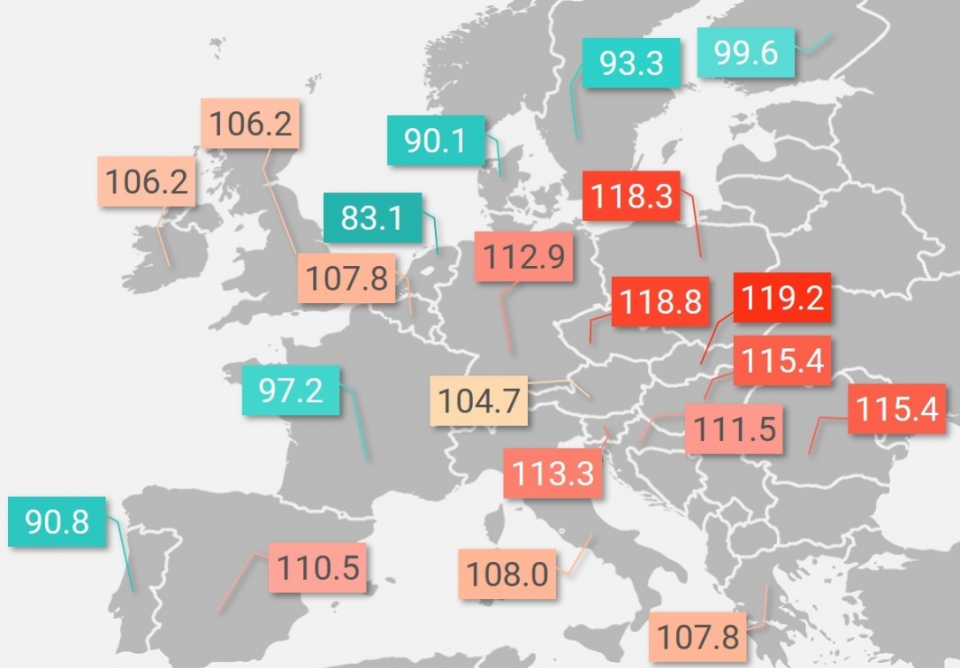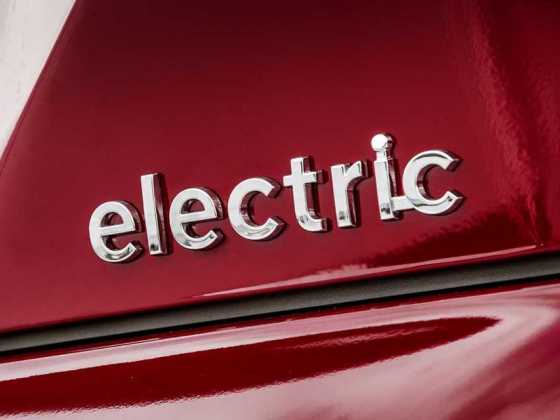Twelve per cent fall in Europe's average vehicle CO2 emissions

In 2020, demand for electric vehicles increased and CO2 emissions fell further than before, according to data collected by JATO Dynamics in 21 countries across Europe.
JATO found that the volume weighted average CO2 emissions (NEDC) of vehicles registered in 2020 was 106.7 g/km – 12% lower than the average recorded in 2019.
This drop in CO2 emissions can be attributed to tougher government regulations such as the enforcement of WLTP fuel economy rules and a shift in consumer attitudes in favour of electric vehicles.
Registrations of pure electric and plug-in hybrid vehicles was 1.21 million units last year – 10.6% of the total market. This is an increase from 2019, when volume was 466,000 units, accounting for just 3.1% of total registrations.
The Covid-19 pandemic has supported the growth of EVs across Europe. Focussing on how to bring the automotive market back to full strength, European countries opted to promote a green, sustainable recovery, with some governments creating new purchase incentives within their economic-stimulus packages.
This resulted in many consumers moving away from traditional internal combustion engines (ICE) vehicles during the pandemic, instead purchasing low-emissions alternatives. Volume for ICE vehicles fell from 14.7 million units in 2019, to 8.6 million last year – accounting for 3 in 4 cars registered in Europe. This had an immediate effect on emissions levels.
With lockdown restrictions imposed across Europe and many governments delivering incentives packages for zero and low emissions cars, OEMs have made changes to their offering and marketing in order to entice consumers towards EV and PHEV vehicles.
Six countries posted average emissions below 100g/km: the Netherlands, Denmark, Portugal, Sweden, France and Finland. This also reflects the ranking for countries with the highest registration of EVs, with Sweden (32%) and the Netherlands (25%) topping the list. Finland, Denmark and Portugal occupied the following positions. On the other side of the spectrum, the opposite trend can be seen in Slovakia, the Czech Republic and Poland – all of which registered the highest CO2 averages and recorded low levels of EV penetration.



